Salts
Amber Anderson
- Given an electrical conductivity or exchangeable sodium value, indicate anticipated plant growth impacts
- Match impacts of saline or sodic conditions on soil properties and plant growth
- Understand management practices for sodic, saline, and saline-sodic soil
- Predict management decisions’ impact on soil chemical properties
Salts in the soil
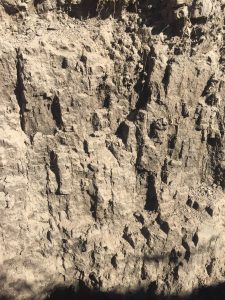
Soluble salts have a harmful effect on the soil and over plant growth. Salinity exists when there is an excessive content of soluble salts, which has a significant effect on soil properties and plant growth. It can be caused by different reasons:
- Primary salinity: caused by natural conditions, such as weathering of parent materials with high content of soluble salts or at places where evapotranspiration exceeds precipitation rates.
- Secondary salinity: as a result of human activities, such as poor irrigation practices and excessive use of fertilizers.
It is important to understand that salinity includes a diversity of soluble salts, some of the most common ions are Ca, Mg, Cl, SO4, HCO3, and Na. However, excessive content of Na is problematic, causing sodic soil conditions with negative effects on soil aggregation. Salinity is measured by Electrical Conductivity, and Sodium through the Sodium Absorption Ratio (SAR) or the Exchangeable Sodium Percentage (ESP), which compares the sodium content to total soluble salts.
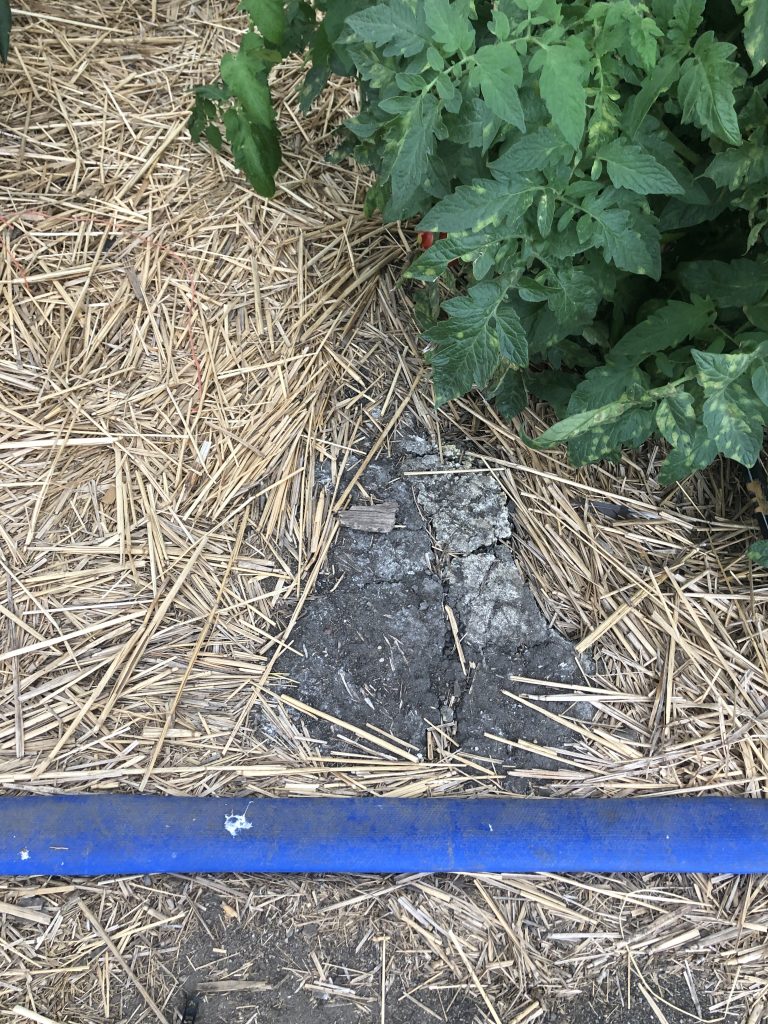
Assessment
- Normal soil: pH < 8.5, EC < 4 mmhos/cm, ESP < 15 %, SAR < 13
- Saline soil: pH < 8.5, EC > 4 mmhos/cm, ESP < 15 %, SAR < 13
- Sodic soil: pH > 8.5, EC < 4 mmhos/cm, ESP > 15%, SAR > 13
- Saline-Sodic: pH < 8.5, EC > 4 mmhos/cm, ESP > 15%, SAR > 13
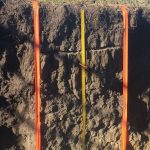
Problems with salts in soil
- Can interfere with water and nutrients uptake
- Poor infiltration/permeability, and aeration
- Sodium degrades structure and aggregation
- Sodium also increases pH and affects nutrient availability
Management of salts in the soil
While saline soils can be leached to remove the salts, that may be challenging due to lack of either quality or quantity of water availability. Sodic soils are more problematic, as gypsum should be applied first, and then leached, but soil properties may be degraded to make water moving through the soil more challenging. In some cases, planting more resistant species is a more viable option.
- Colorado State Extension publication on managing saline soils
- Colorado State Extension publication on managing sodic soils
Quick overview of testing for salts in soil
Beyond looking for salt rinds on top of the soil, one can also use a fairly simple procedure in a soil lab to find out the salinity of the soil. Below is a summary of how soils are tested for salts using electrical conductivity. A Thermo Scientific Orion4Star pH and conductivity bench top meter was used for this example.
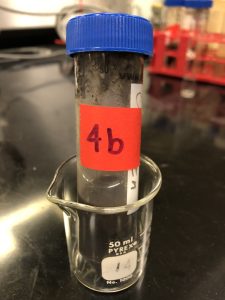
- Combine soil sample with deIonized water to create a saturated soil in a 1:1 ratio. Allow the soil to settle or centrifuge for 5-10 minutes.
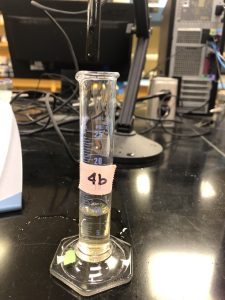
2. Separate the settled solid soil from the water and remove water from sample tube.
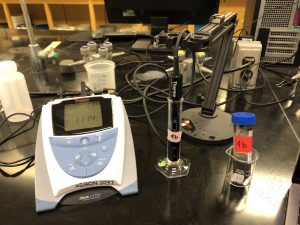
3. Set up the meter to read electrical conductivity (dS/m or mmhos/cm). Place the meter in the water sample.

4. Calculate Sodium Absorption Ratio and Exchangeable Sodium Percentage.
- Sodium Absorption Ratio (meq/L) = Na+ / ((Ca+2 + Mg+2)/2)
- Exchangeable Sodium Percentage (%) = (Na+/ CEC) * 100
- Different kinds of salts in the soil can limit water uptake and destroy soil structure and aggregation.
- Above 4 mmohs/cm is a saline soil.
- Exchangeable sodium greater than 15% or Sodium Absorption Ratio (SAR) above 13 is a sodic soil.

